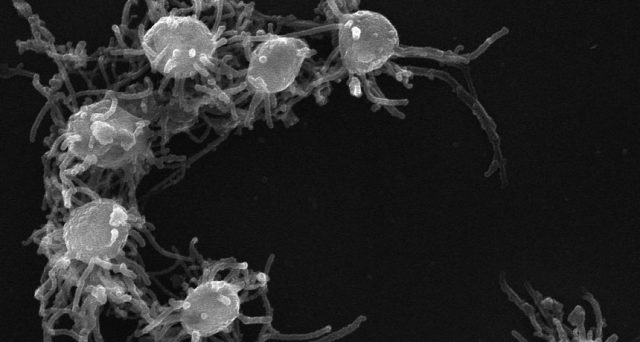MI weekly selection #202

Single-celled amoeba uses molecular mechanisms similar to complex life
The single-celled amoeba Capsaspora owczarzaki has the same molecular tools as more complex organisms to help it move through various life stages. The findings suggest multi-celled mechanisms may have been in place long before animals evolved.
New questions raised about Lyme disease following discovery of research papers
Nearly two years before he discovered the bacteria that caused Lyme disease in the early 1980s, Willy Burgdorfer stumbled upon another obscure tick-borne bacterium, Rickettsia helvetica, which he called the Swiss Agent, but he put those results aside. Burgdorfer’s papers on the forgotten research have recently been discovered, raising new questions about the diagnosis and treatment of Lyme disease.
Universe may have more than trillion galaxies
The universe may hold more than a trillion galaxies, many more than previously believed. Scientists used new mathematical models to figure out how many other galaxies there might be that can’t be seen with today’s telescopes.
Ancient comet’s impact may have ignited dramatic global warming
A comet crashing into Earth may have sparked a catastrophic global warming 55.6 million years ago. Researchers have found glass spheres in rocks that suggest an impact occurred at the time of the warming period known as the Paleocene-Eocene Thermal Maximum.
Jumping spiders can hear distant noises
A species of jumping spider may be able to detect sounds from as far as 3 meters away with specialized hair sensors. Researchers were recording spider brain activity when they noticed the arachnid’s reaction to an unexpected sound.